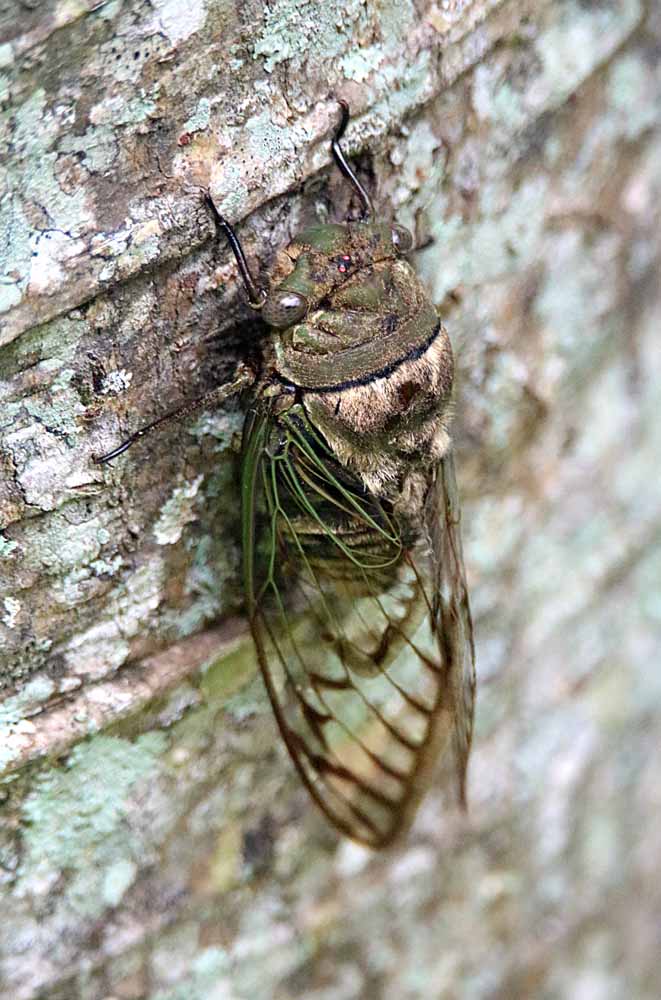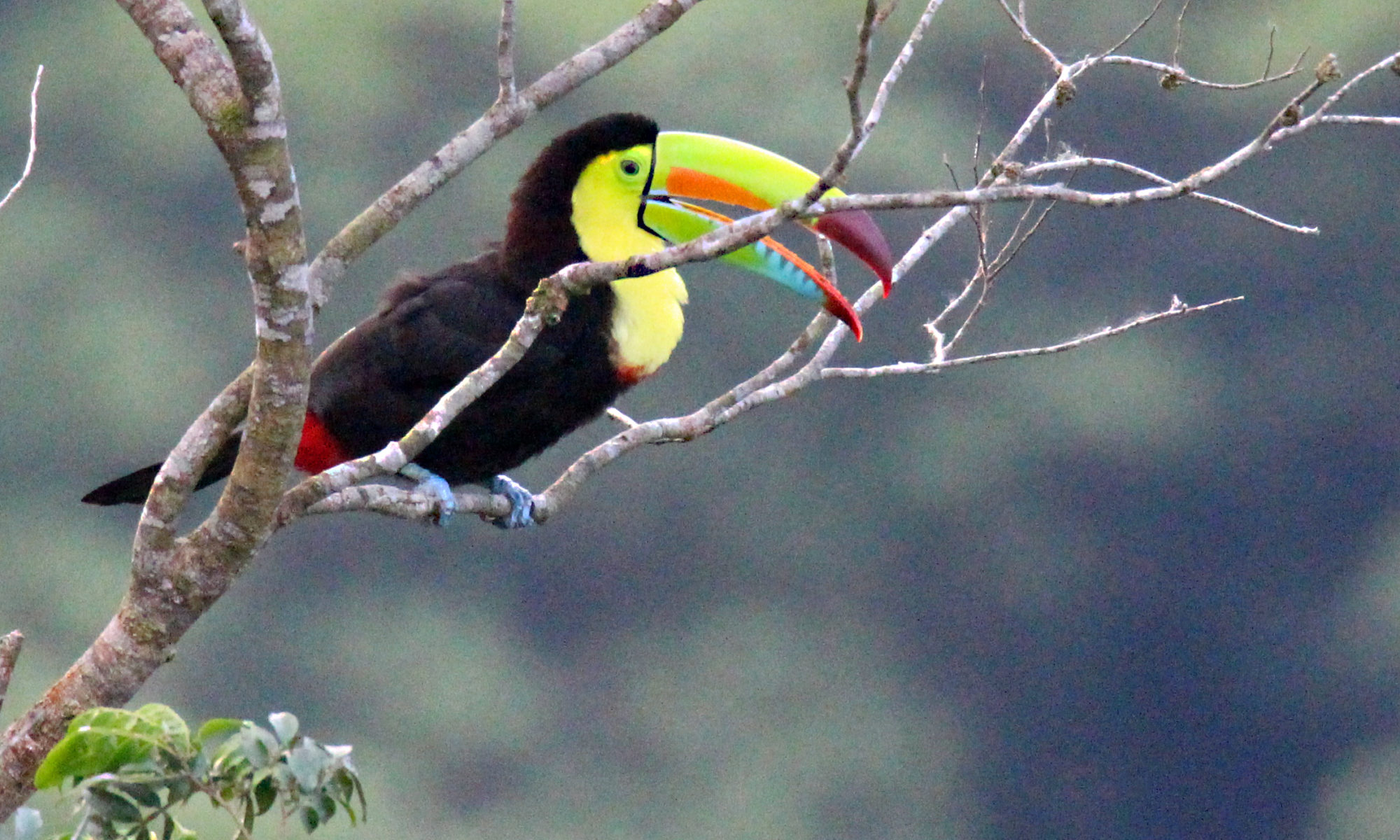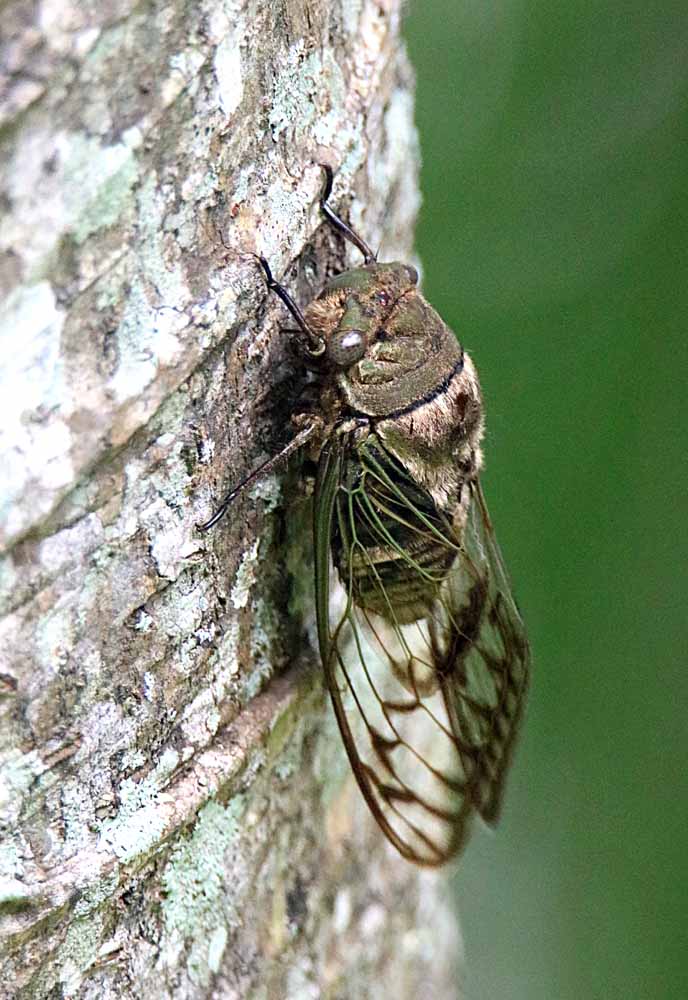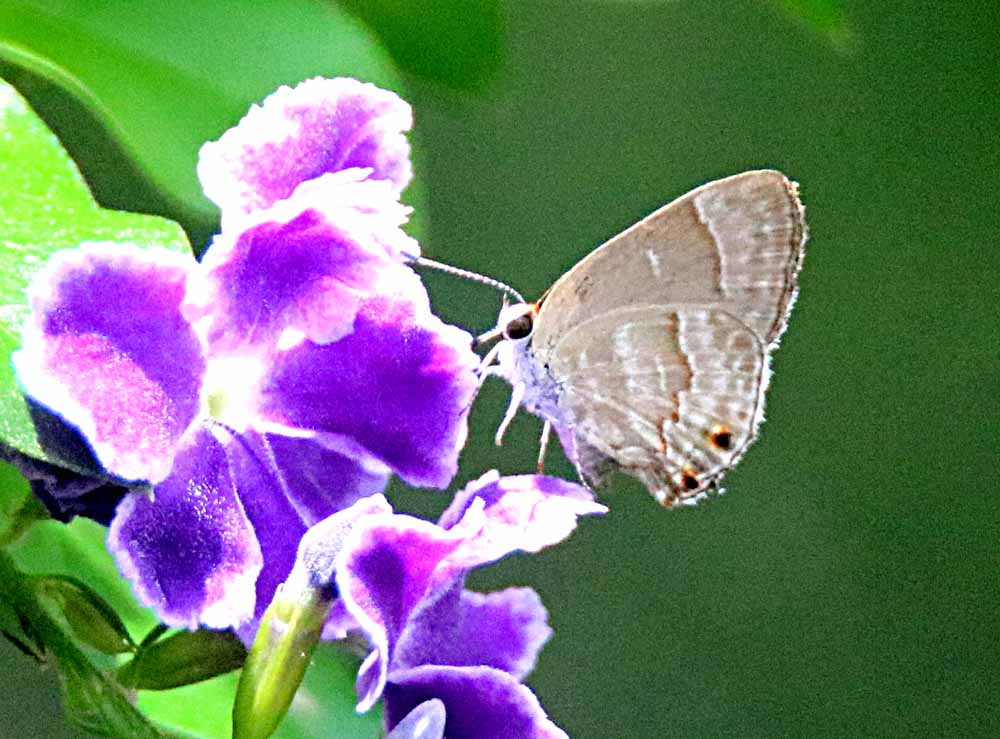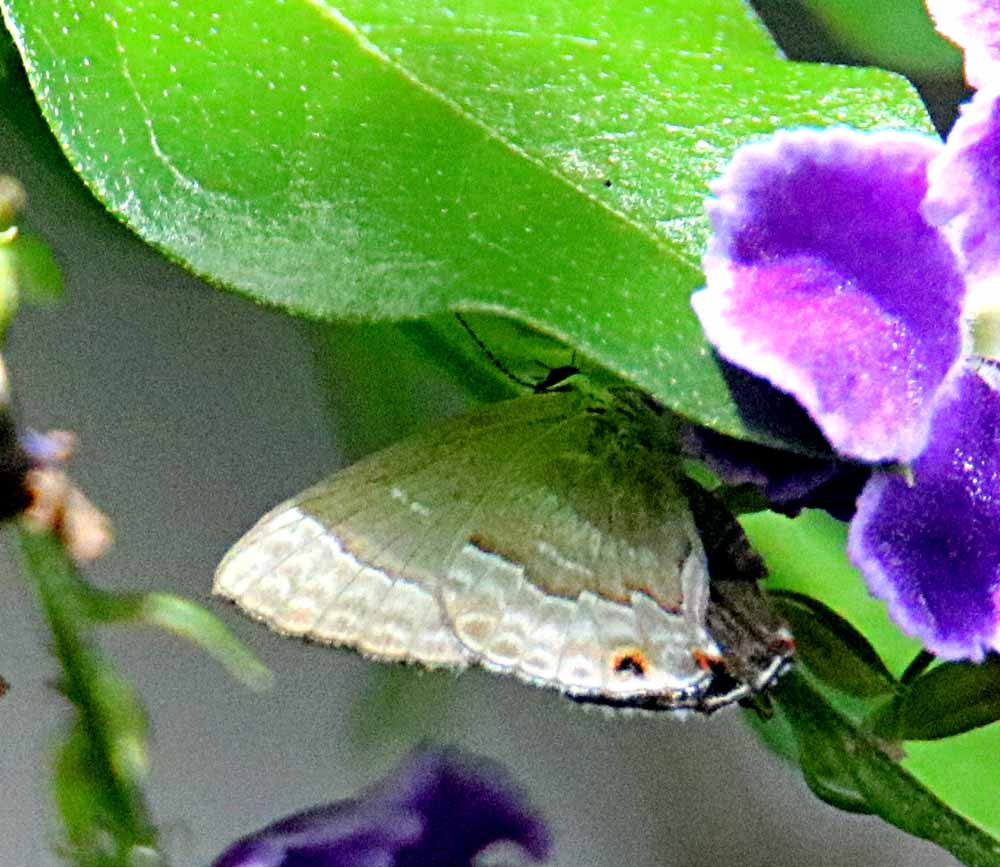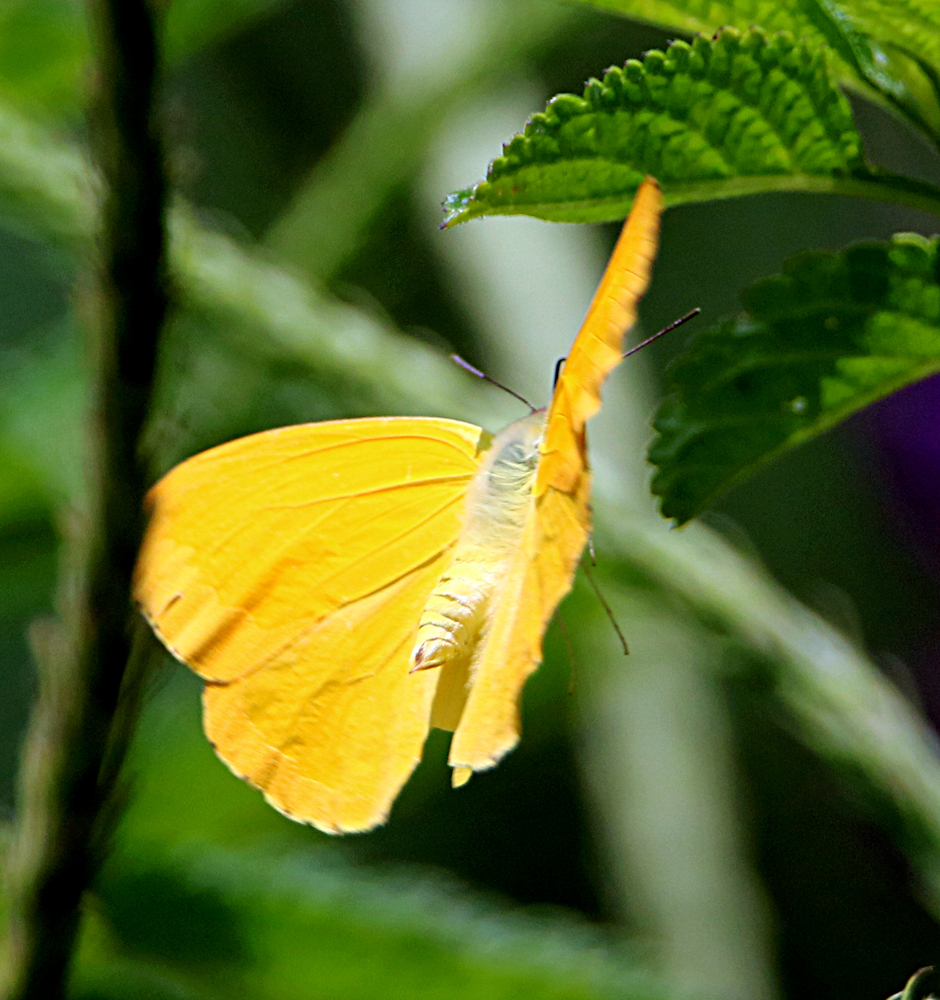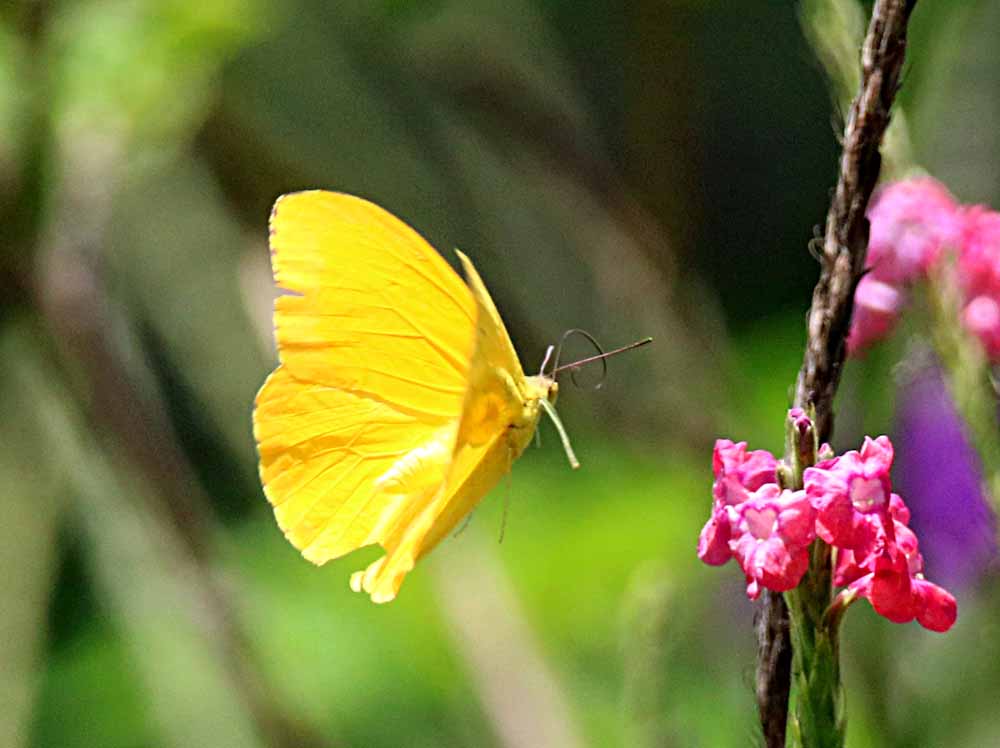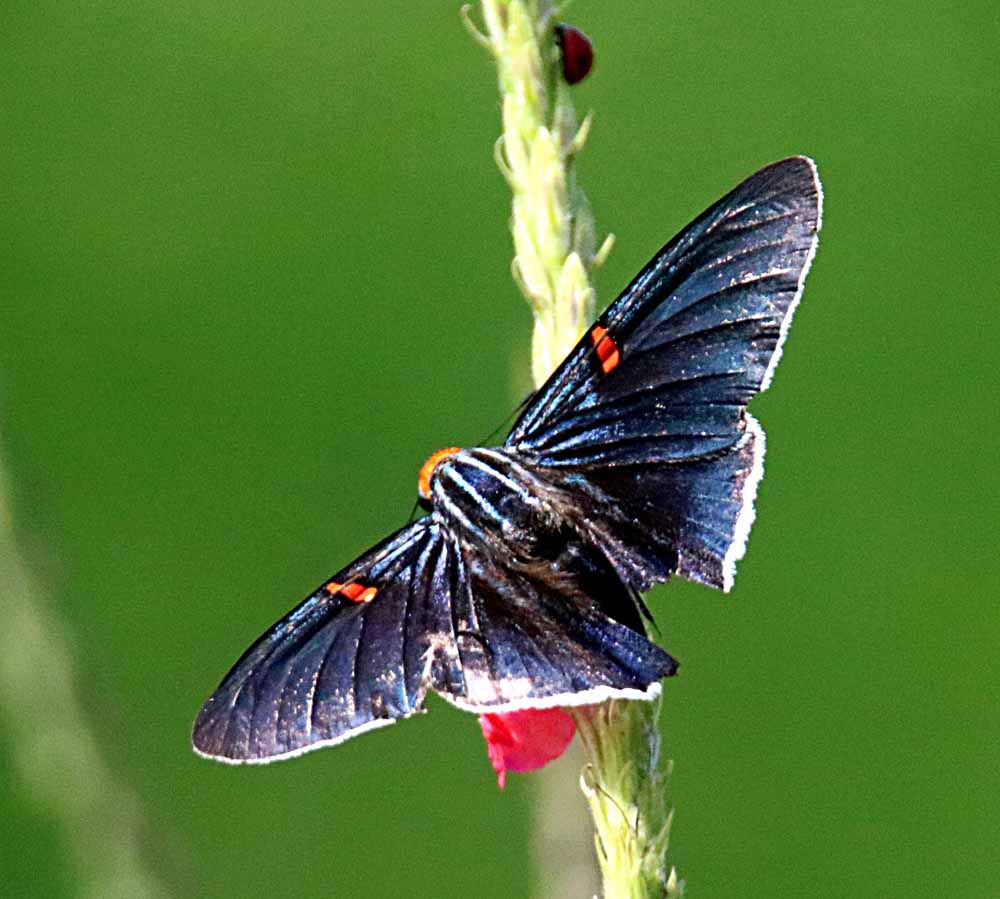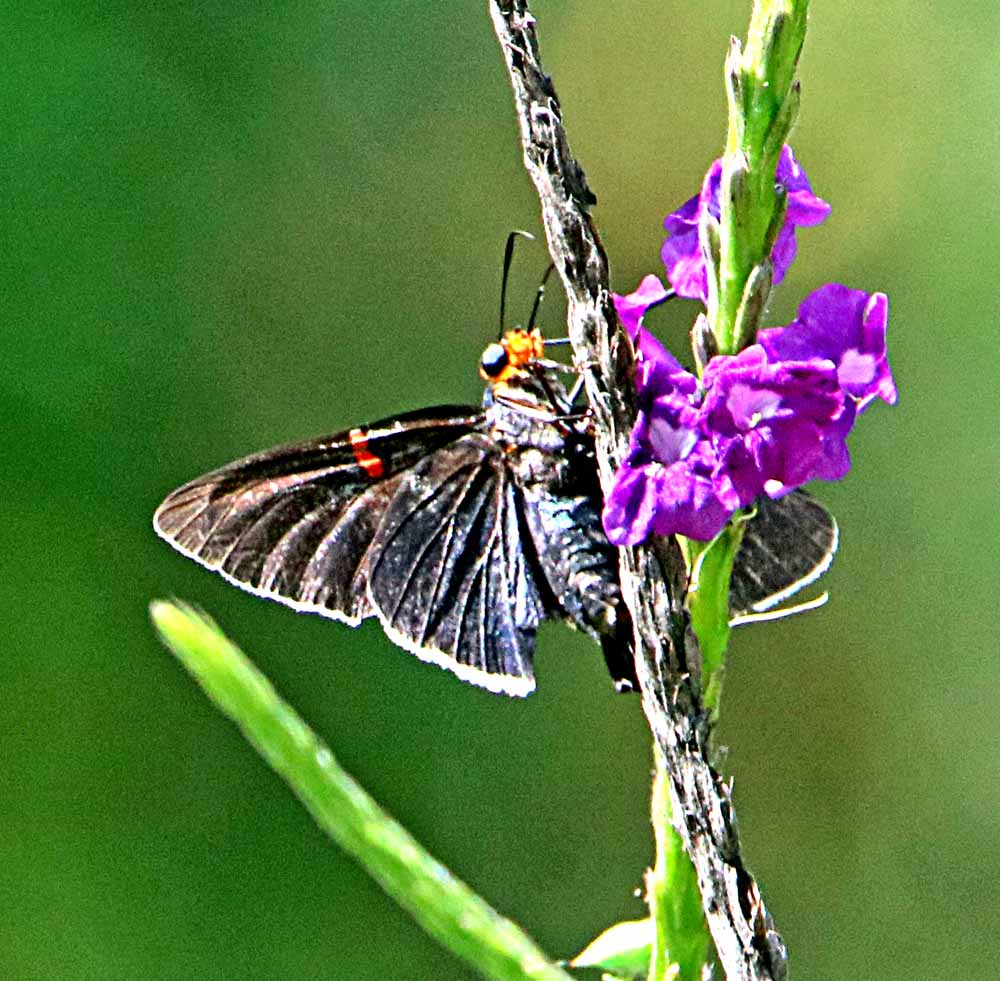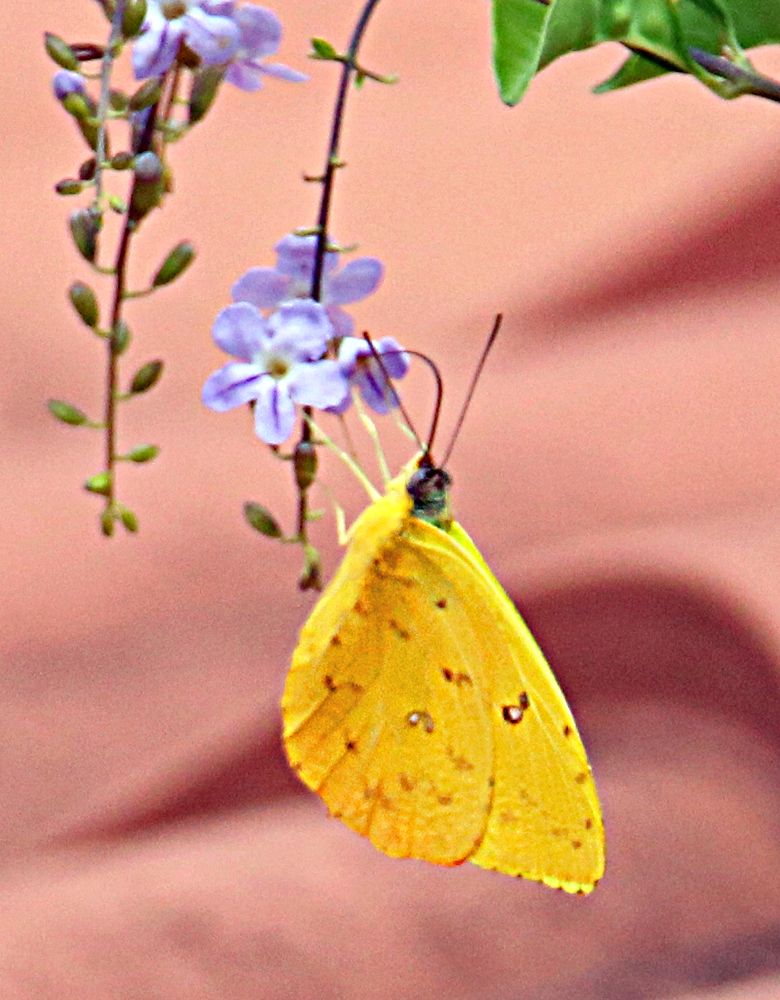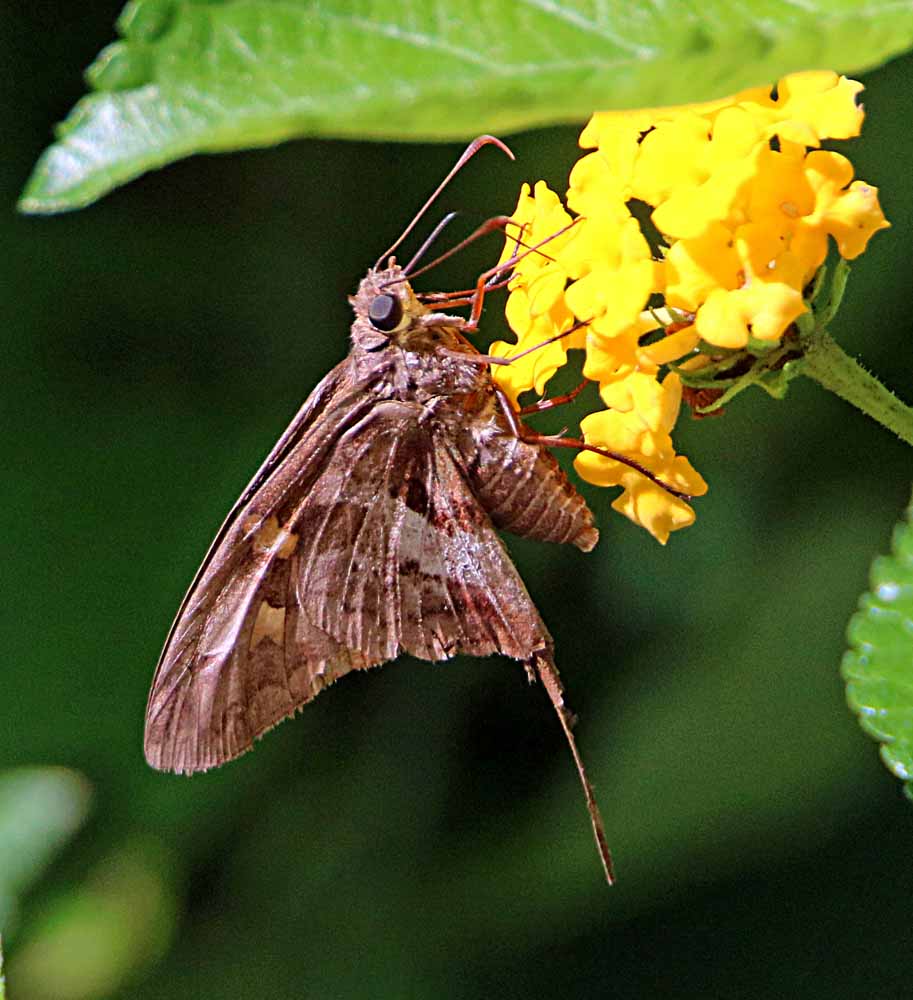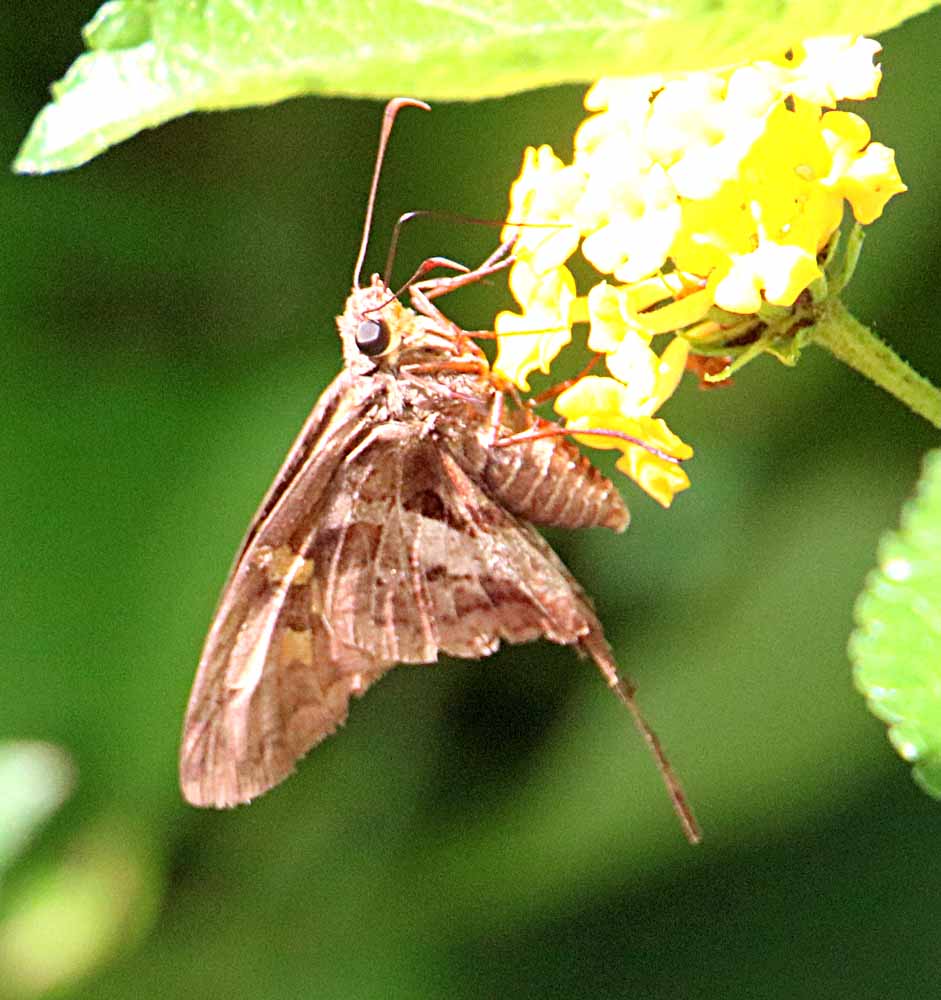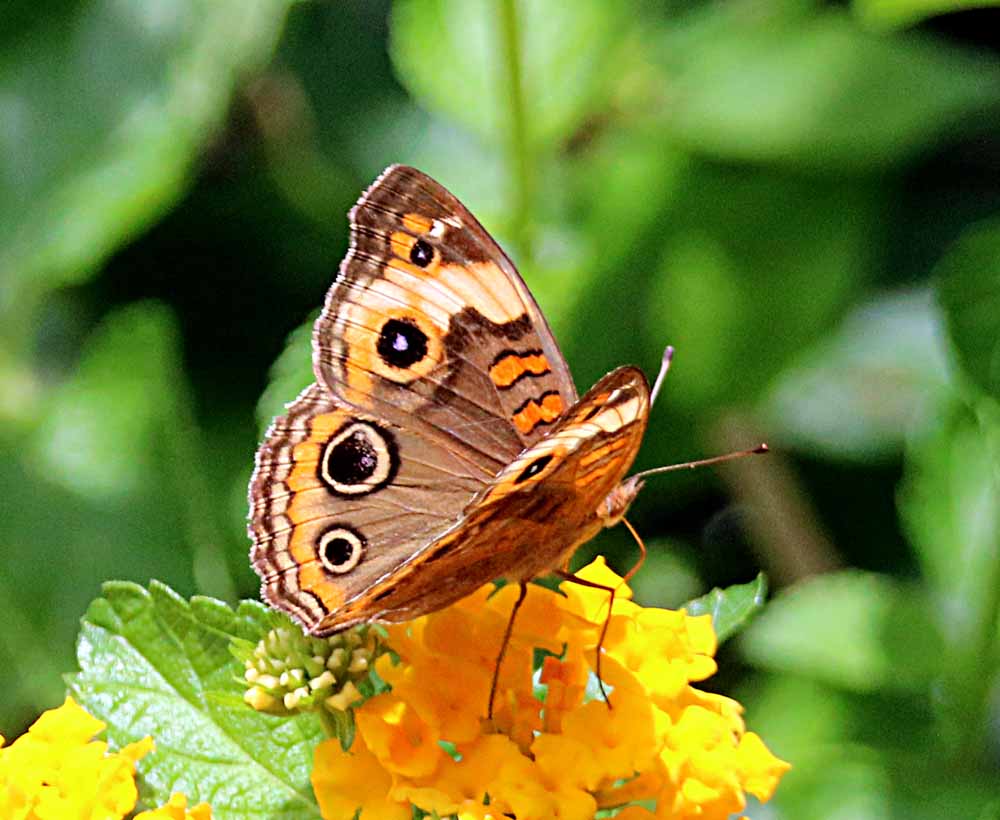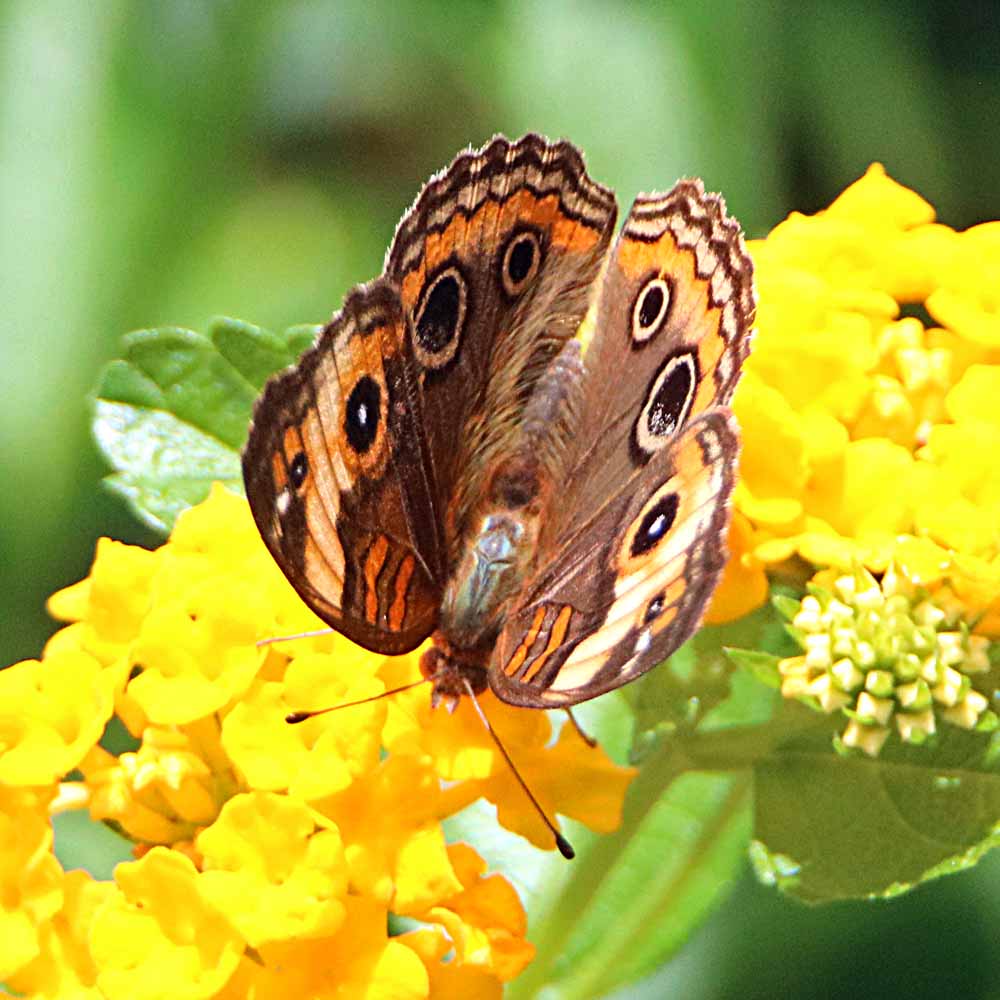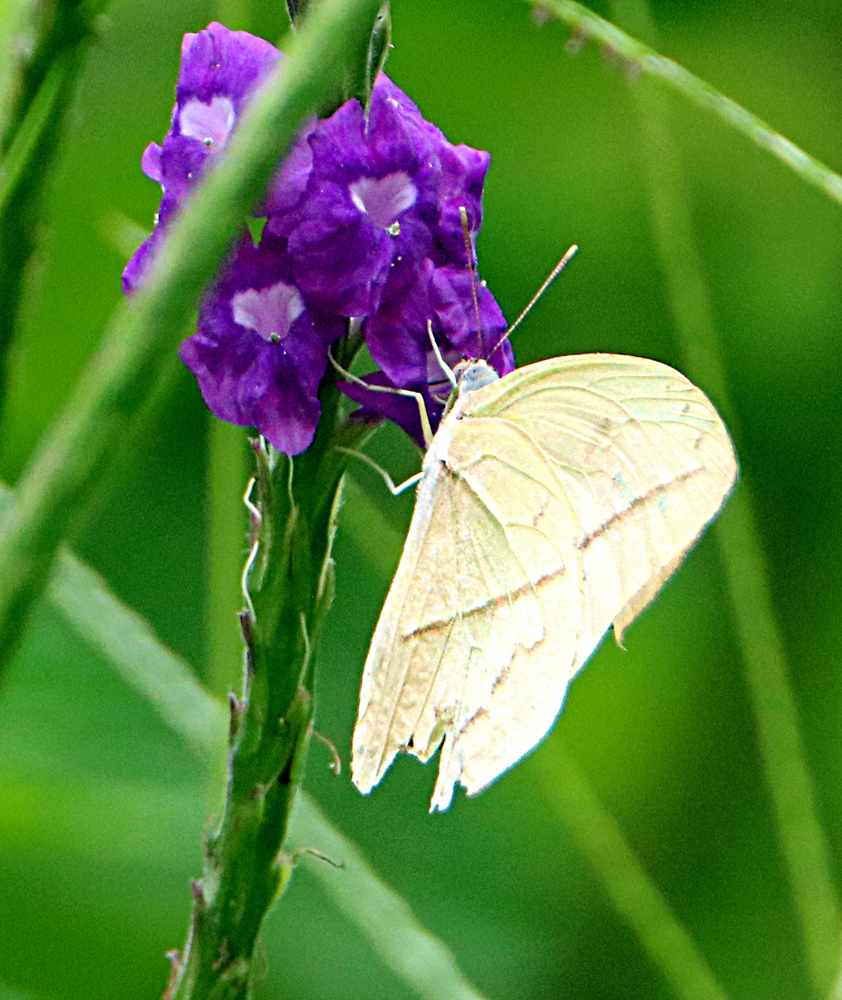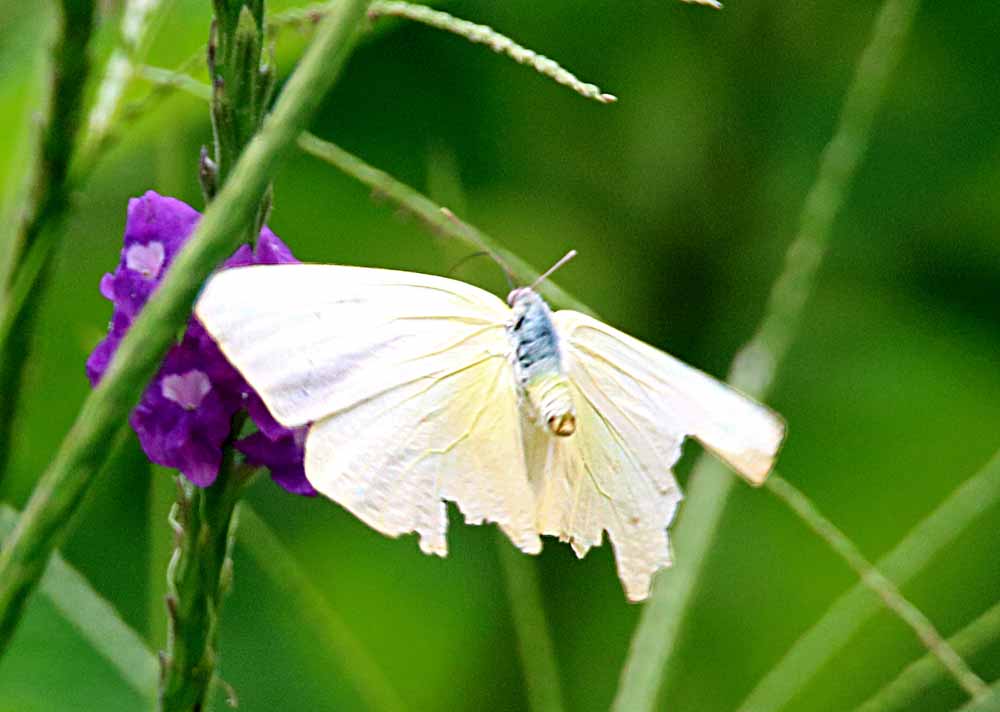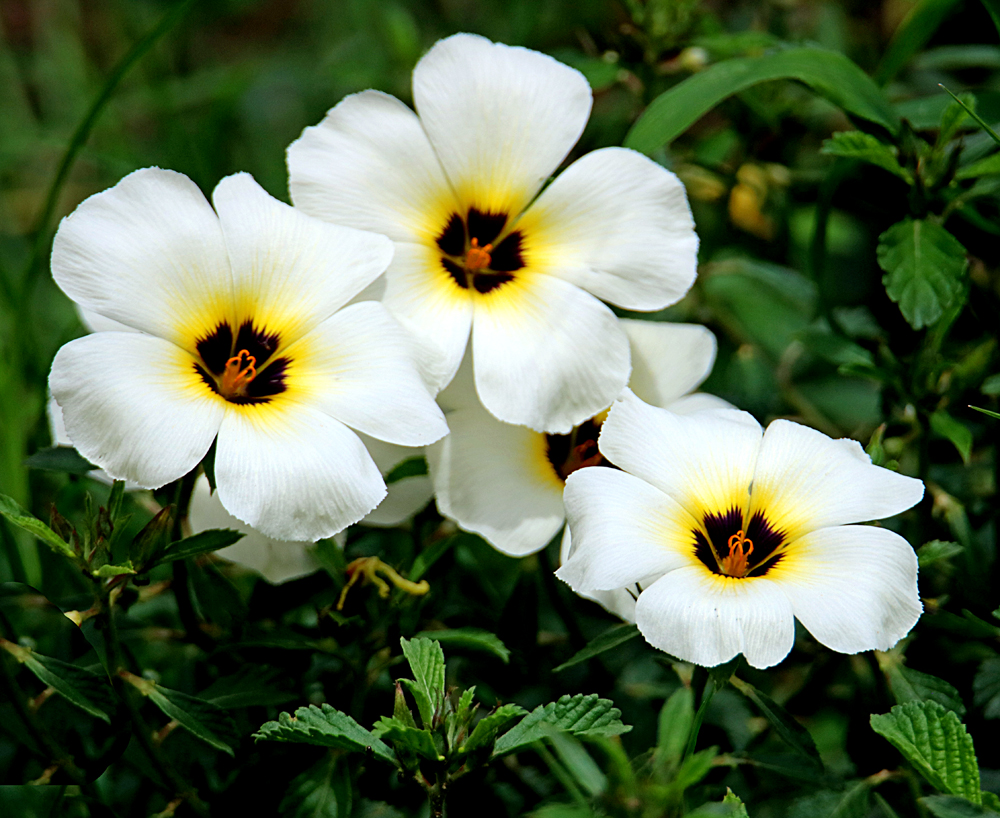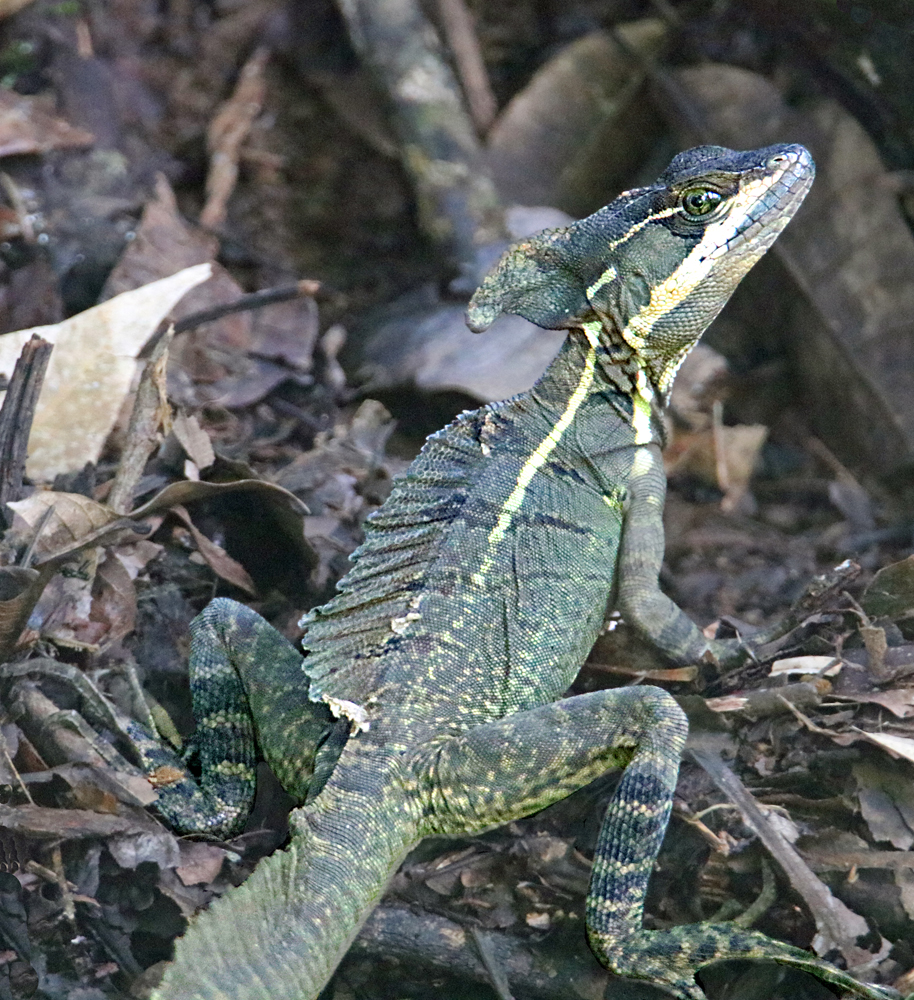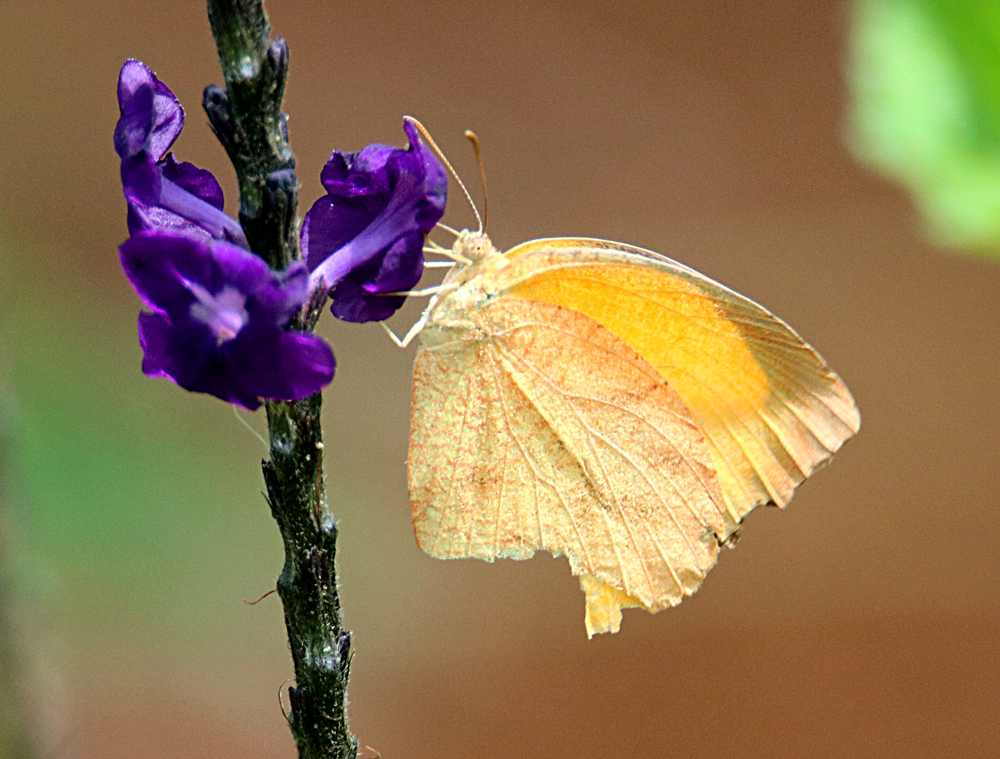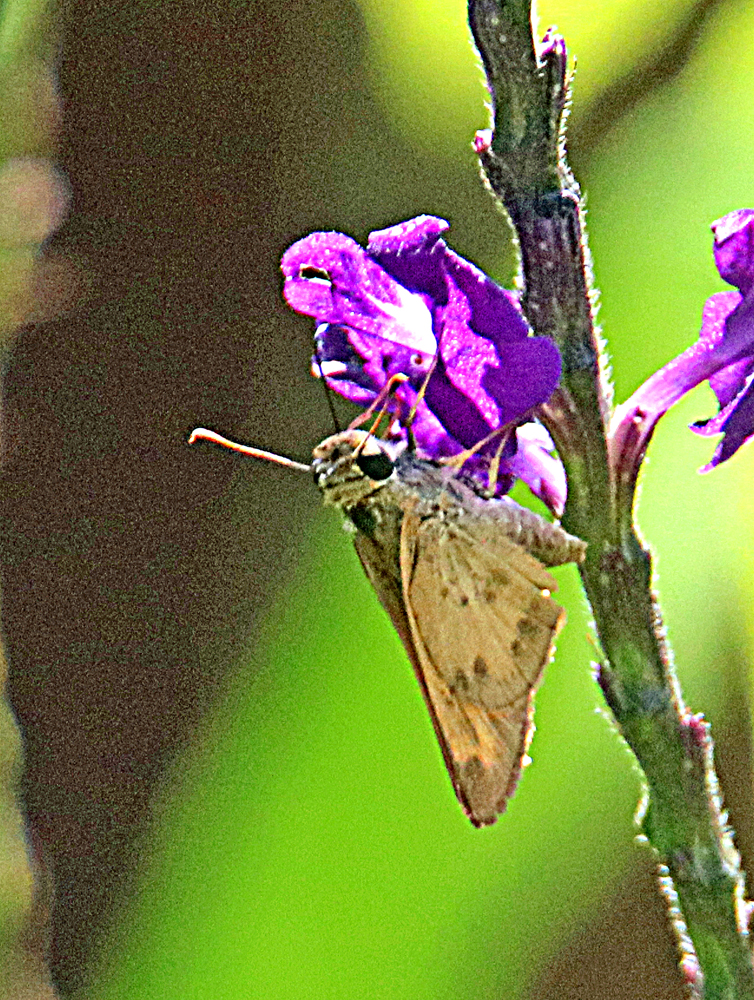In running these two photos through the iNaturalist, this insect is definitely in the Fidicina Genus (with about 30 species of Cicadas in CR) and though not an exact match, the closest species I could find was Fidicina toulgoeti which iNaturalist says has never been observed in Costa Rica (only Ecuador & Brazil), soooo, I will submit it to iNat just as the genus and see if one of the “bug experts” can identify it. If they agree with my suggested species, then mine will be the first observation of it in Costa Rica! 🙂
It was seen on the Cecropia Tree in my garden . . .
